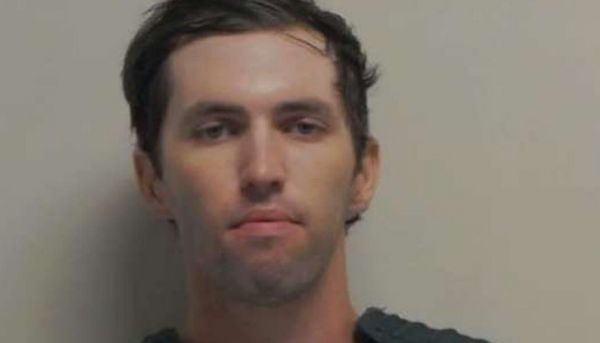
Being so heavily involved in covering the best robot mowers on the market is a very mixed experience. On one hand, I’m lucky enough to get hands-on with some genuinely incredible products, and watching the industry explode over the last year has been fascinating. On the other hand, things are moving so fast that keeping on top of it all can feel overwhelming. These machines are popping up everywhere, and it really won’t be long before automated mowing becomes the standard way of keeping lawns in check.
What’s really stood out lately is how the focus is shifting towards commercial mowing. Brands like Husqvarna and Kress are no longer just targeting homeowners – they’re going after sports pitches and recreation grounds, keeping them maintained with very little human input.
To see this in action, I was invited by Husqvarna to the AIG Women’s Open in Porthcawl, where the brand’s top-performing commercial mower, the CEORA, had been tasked with preparing the grounds ahead of the competition. I couldn’t wait to find out more.

After walking the stunning course, I got the chance to chat with Jonathan Snowball, Husqvarna's Head of Professional Business Unit UK, and Richard Windows, Assistant Director of the R&A. They both explained that the R&A’s big goal is delivering performance in a sustainable way, and autonomous mowing ticks all the right boxes. It delivers top-quality cuts with minimal environmental impact, which is why the decision to bring in the CEORA made so much sense.
What really surprised me was learning that the CEORA hadn’t just been brought in for the tournament – it had actually been running on-site since the start of the year. At £18,999 a unit, there are usually four mowers covering the fairways, but during the tournament, that number jumped to 15.

From chatting with Richard, one of the biggest differences compared to traditional mowing quickly became clear. Normally, fairways are only cut a few times a week, but the robots mean they can be trimmed daily without any extra effort. This is something that everyday users benefit from with their own consumer models as well.
The environmental impact was also impressive to hear about. Without relying on fossil fuels or petrol, Richard confirmed the use of autonomous mowing cut emissions significantly compared to traditional machines.
Jonathan also explained that the CEORA is particularly well-suited to golf courses thanks to its adjustable cutting height (between 10 mm and 60 mm) and the option to switch up cutting patterns for a more uniform finish. As Richard pointed out, links courses are notoriously difficult with their dips and hills, yet the CEORA had no problem handling the terrain whilst still delivering a flawless cut.

When I asked whether there’d been any backlash over switching to robot mowing, Richard admitted there was a little hesitation at first. However, after running multiple tests, the results spoke for themselves, and concerns quickly melted away.
I finally asked both of them whether automated mowing would be a standard in golf tournaments going forward, and their answer was very simple – yes. Jonathan said Husqvarna isn’t trying to force the idea onto course managers, but after the success at the AIG Women’s Open, it’s hard to imagine things going back to how they were.
For me, it feels like we’re at the very start of a huge shift in how commercial spaces are maintained, and it’s pretty exciting to witness it first-hand.







